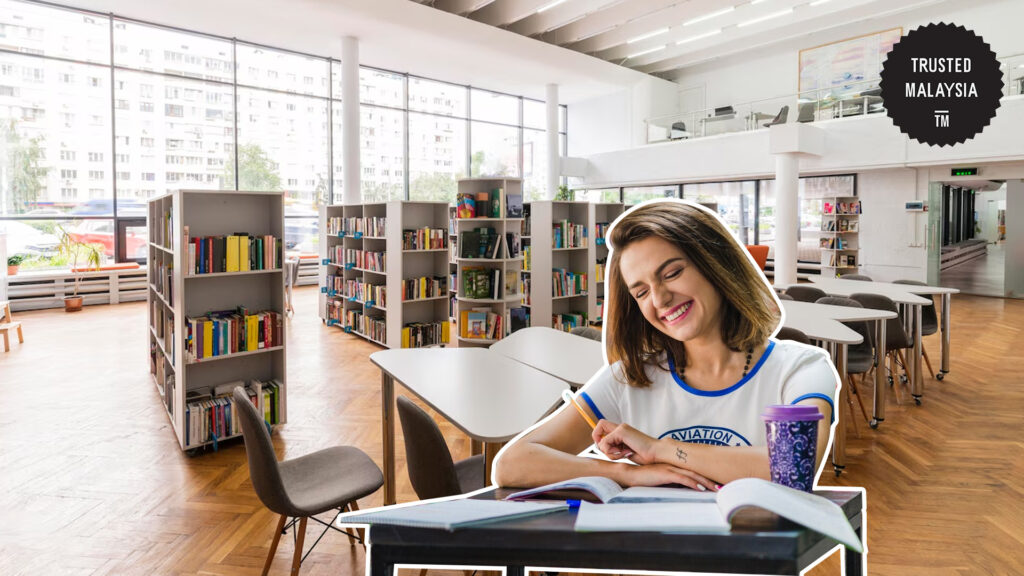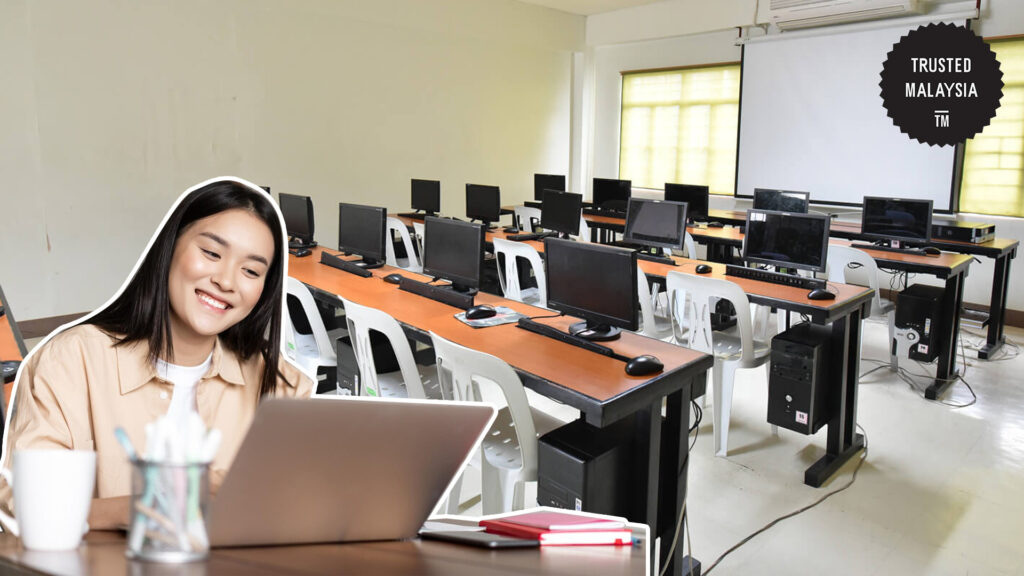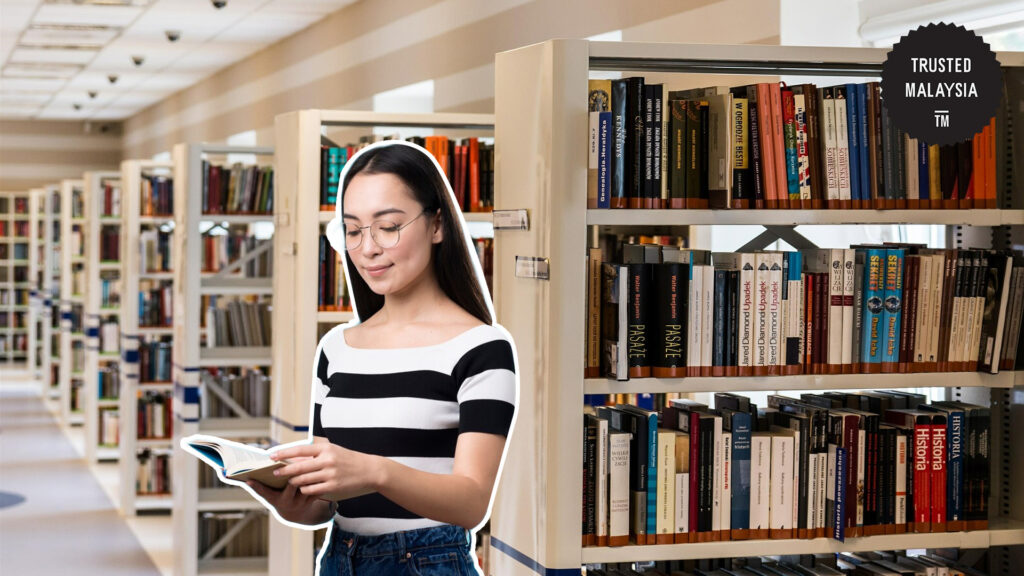Exploring the Differences: Private and International Schools in Malaysia
If you’re a parent living in Malaysia, you’re probably not a stranger to the long-standing debate of which is better, private or international school? It’s the dilemma every parent here has to face because we all want the best academic experience for our kids.
So, when my wife and I had to choose which educational institution to send our kids to, we only wanted the best. We toured schools and spoke to educators just to find the best enriching environment!
And now I’m here to help, passing the torch in this article in the hopes it’ll reach you. Before you enroll your kids, check out the differences between private and international schools in Malaysia and decide which is the best for your child!
What’s the difference between private and international schools in Malaysia?
The main differences between private and international schools in Malaysia are the curriculum, tuition fees, language of instruction, and cultural exposure. Beyond those, they have plenty of similarities.
How different are they from each other, exactly? Below are the factors you need to consider if you’re planning to send your child to a private or international school.
Curriculum

One of the main differences between private and international schools in Malaysia is the curriculum they use.
As required by the Education Act 1996, private schools use the Malaysian National Curriculum for primary and secondary schools. This is also the same one that public schools follow.
Many Malaysian parents choose to have their children attend private schools rather than public schools because of better infrastructure but still follow the same educational programs.
On the other hand, international schools use an international curriculum, mainly the British, American, Australian, and Canadian curricula.
Additionally, this includes preparing students for examinations like IGCSE or A levels, which have global recognition and are entry requirements for higher education overseas.
The curriculum will depend on the type of international school. For example, a British international school will naturally follow a British curriculum.
Consequently, British expatriates may choose to enroll their children in a British international school because it has the same education as their home country and their children can meet fellow Brits.
Extracurricular Activities

Both private and international schools in Malaysia offer plenty of extracurricular activities for students. But, there are still some differences.
Since private schools follow the National Curriculum, they will follow the same extracurricular programs as public schools.
Meanwhile, international schools follow a different curriculum, which means more options and freedom when it comes to non-academic pursuits.
The difference is also with their infrastructure because the better the facilities, the better access to a wide variety of sports programs, club activities, and special interests.
Private and international schools are known to have good infrastructure. However, international schools tend to have better facilities since they generally get more funding, mainly because tuition fees are higher.
Facilities and Resources

Better facilities lead to better academic experiences because students get plenty of access to resources that will support their educational and extracurricular knowledge.
Private schools usually have good facilities, and so do international schools. But it’s no surprise that international schools usually fare better than private schools when it comes to resources because they have more expensive tuition fees.
Both private and international schools don’t rely on government funding. They rely on the student’s tuition fees and private contributions instead.
In turn, these schools can provide better infrastructure – and the higher the tuition fees, the bigger and better the facilities. This includes libraries, music rooms, sports facilities, and technology.
You’ll find international schools in Malaysia have a 1:1 program to ensure each student has access to a laptop or tablet, which is usually provided by the school.
One example is the REAL Schools (which have international and private schools), where elementary and middle school students each get a school-owned iPad and MacBook.
Another is the prestigious Alice Smith School, where Year 2 to 6 students have access to Chromebooks and iPads.
Basically, while both private and international schools provide technology to students, the level of advancement will vary.
Class Size

Malaysian private and international schools, generally known for having smaller class sizes than public schools, offer a more personalized learning experience. Hence, small class sizes are where private and international schools are similar.
Public schools have an average class size of 31 to 32, while private and international institutions range around 20 to 25. Some schools even accept less than 20 students per class, leading to an even lower teacher-to-student ratio.
Alice Smith School, one of the leading schools in Southeast Asia, has a 1:6 ratio for preschool. Another example is the International School of Kuala Lumpur, which maintains up to 24 students per class for Grades 6 to 12.
Small class sizes have many benefits, and this is one of the reasons parents favor private and international schools. Teachers can provide individualized support since they can observe the class as a whole and students as individuals.
There’s also a better sense of community for the students, as small class sizes can encourage a supportive environment that can lead to strong friendships.
Student Demographics

Both schools have students from varying socioeconomic status, and these institutions are largely sustained by middle and upper-income households.
This is because these families have the financial means to do so—public schools in Malaysia are free, but private and international schools are not.
International schools mainly boast a rich cultural diversity because of the significant number of foreign students.
This is largely because expatriates in Malaysia often send their children to international schools because they follow their home country’s curriculum. Also, kids can mingle and maintain connections with their fellow nationals.
Therefore, this is where private schools and international schools differ.
And although private schools still have a diverse environment, there’s a larger number of foreign nationals studying in international schools. So, the latter is more ideal if you’re looking for a multicultural setting.
Cultural Exposure

One of the benefits of sending children to international schools is the multicultural environment. This also goes back to student demographics because international schools generally have a larger number of foreigners compared to private schools.
A diverse environment fosters a better understanding of cultural differences, which can act as a sort of knowledge passport should the student choose to study overseas—or once they enter the workforce.
Private schools still benefit from diverse settings since Malaysia is a multicultural and multi-ethnic nation, after all.
But if parents prefer their children to have even more interactions with different cultures and languages, they can send them to international schools because these institutions generally have a larger number of foreign students.
Cost

It’s no secret that both private and international schools are expensive, especially since public schools are free and funded by the government. But which one is the more affordable option?
The benefit of private schools is they’re usually more affordable than international schools. At REAL Schools, the private school secondary grade levels’ yearly tuition fee is around RM 18,380 to RM 20,490.
Meanwhile, its international school’s secondary levels range from RM 32,470 to RM 37,800 per annum.
It’s important to note that other international schools (those with more prestigious reputations) will have higher tuition fees. For instance, the tuition fee for Alice Smith School Years 10 to 13 is RM 37,530 per term.
The school fees will vary greatly, and you’ll find the higher the cost, the better the facilities and resources.
That’s not to say that private schools are always more affordable—you’ll still find prestigious private schools with more expensive school fees than international ones.
But in the end, when you’re comparing the school fees, you have to consider the more cost-effective option. Does the tuition fee match the facilities, teaching quality, and overall learning environment?
Language of Instruction

Language-wise, international schools tend to be more diverse. Students can benefit from programs that introduce other languages that can highlight fluency.
That means they can become proficient (or even fluent) in languages other than Malay and English. Some international schools will offer Mandarin, Spanish, or French.
On the other hand, the primary medium of language in private schools is mostly Malay. But English is used for mathematics and science due to the Dual Language Programme.
However, not all private schools offer the Dual Language Programme. Hence, international schools offer more opportunities to enhance language proficiency.
Furthermore, this aspect is honed both inside and outside the classroom since students can practice amongst themselves.
Academic Excellence

When it comes to academic performance, private and international schools provide a good learning environment for students. Some will still have better facilities, resources, and additional learning aids.
If the student plans to continue higher education overseas, going to an international school is ideal because of the curriculum. Doing so can help them prepare for global education.
Private schools still foster well-rounded standards of academic excellence, but the limitation lies in the syllabus. Overall, students will focus more on the structured format implemented by the government.
While both are excellent, the learning journey still greatly depends on the student with the help of their academic environment.

